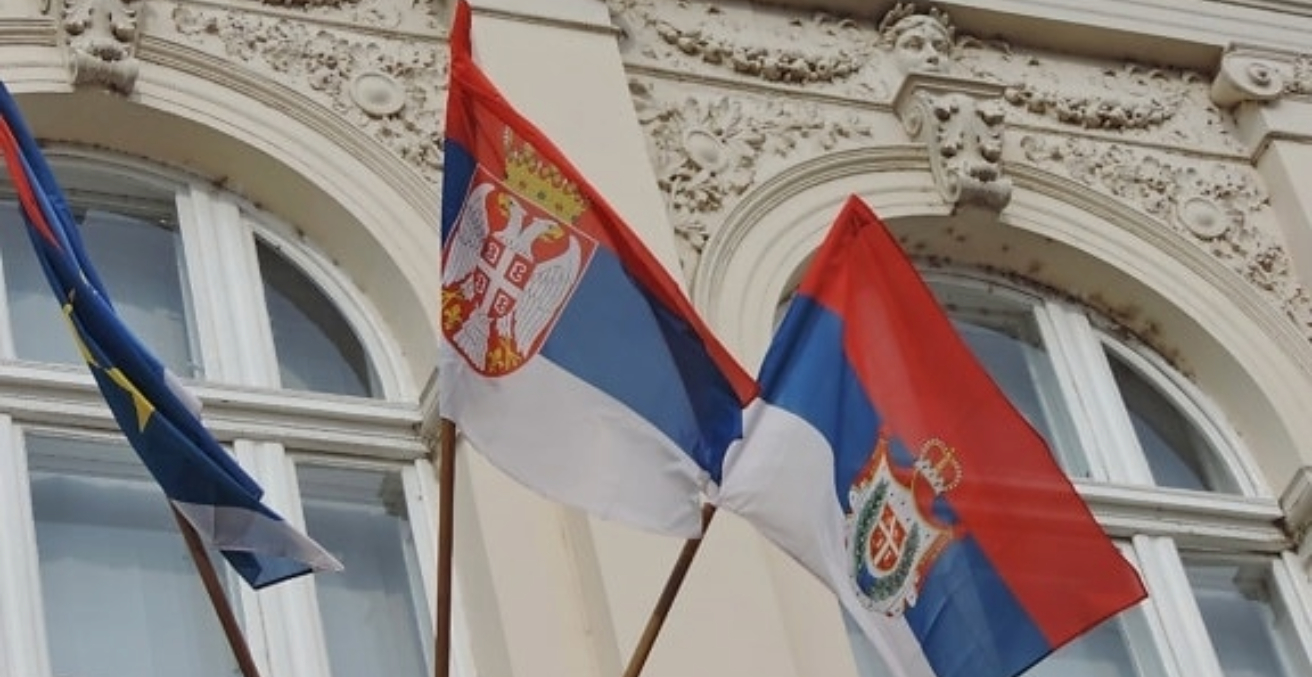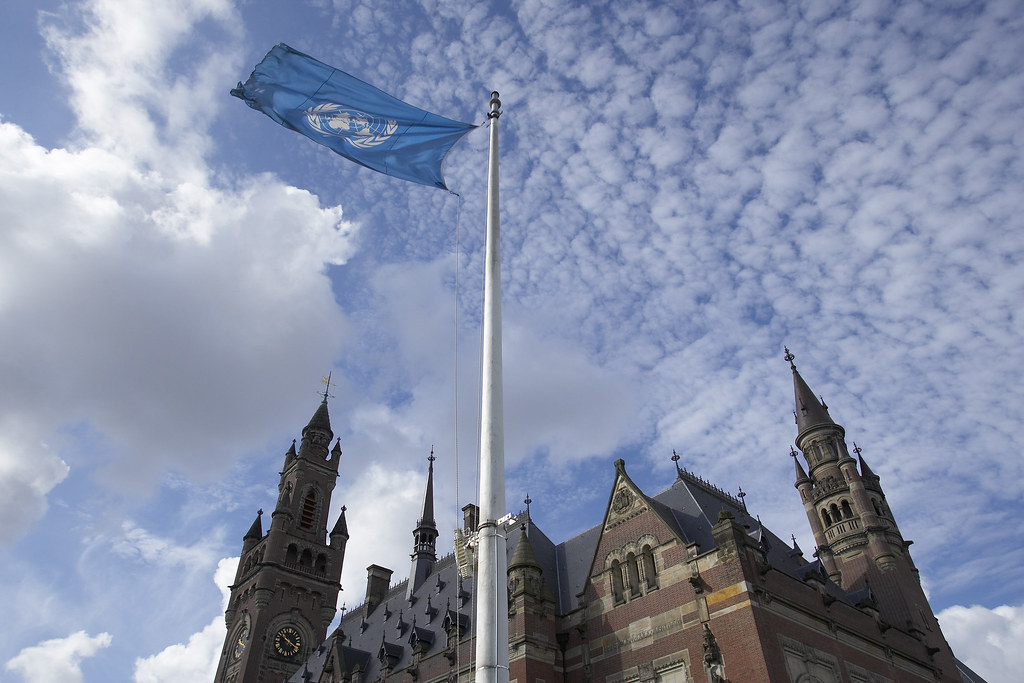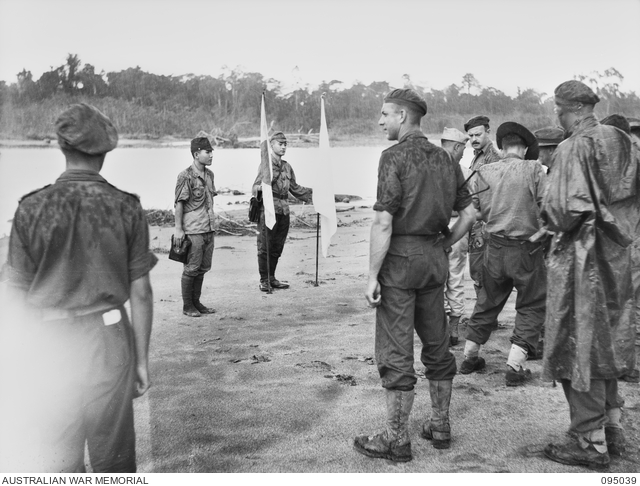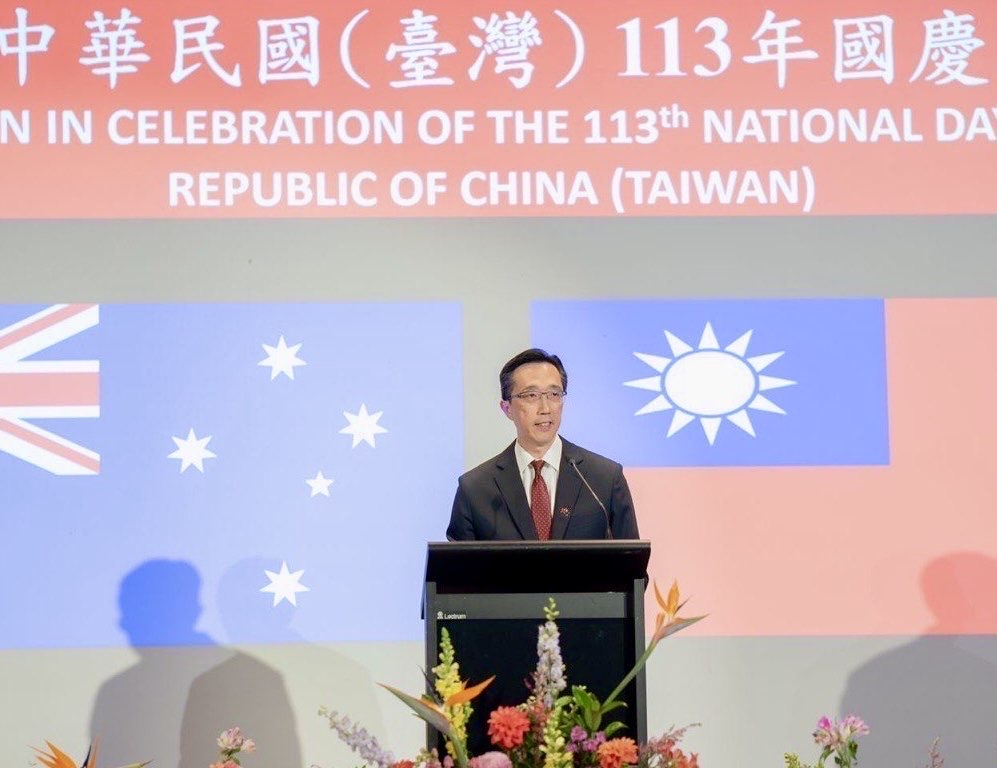As global rivalries intensify, Serbia stands at a complex geopolitical juncture. The country is simultaneously pursuing accession negotiations with the European Union (EU), deepening strategic ties with China, and maintaining longstanding relations with Russia.
These relationships reflect both pragmatic calculations and historical affinities. Furthermore, domestic protests signal growing discontent, revealing tensions between Serbia’s foreign policy flexibility and its internal democratic trajectory. Will Serbia’s ambitions to join the EU remain a dead letter (like Turkiye’s), or will the EU, and other Western countries, step up to support Serbia’s much needed structural reforms?
EU enlargement fatigue and domestic frustration
Serbia formally became an EU candidate in 2012. Over a decade later, progress has stalled. The European Commission’s 2024 Serbia Report confirmed that only 22 of 35 negotiation chapters have been opened and just two are provisionally closed. Serbia’s alignment with the EU’s Common Foreign and Security Policy dropped to 47 percent in 2024, far below regional peers like Montenegro and Albania. Given Serbia’s deepening strategic relations with Russia and China, this is unsurprising.
While the economic relationship between Russia and Serbia is limited, Russia remains a valuable diplomatic card in Belgrade’s geopolitical hand. Domestically, pro-Russian political parties have contested local elections, diluting votes for the pro-EU local political candidates.
Public support for the EU is weakening and is “hanging by a thread.” A May 2025 poll showed that 46 percent would vote in favour of membership while 44 percent would oppose it, an all-time narrow margin. Meanwhile, approximately 60 percent support joining BRICS, reflecting a growing attraction to alternative geopolitical alignments. The EU’s conditionality on judicial reform, media freedom, and governance is seen by many Serbs as burdensome. In turn, the perception of distant rewards and a distracted Brussels has empowered nationalist political actors who pursue a multi-directional foreign policy. China is also pro-active in courting Serbian elites, seeing the country as a springboard to Europe.
China: investment, trade, and political symbolism
Since establishing a strategic partnership in 2009, China has invested over €5.5 billion (AU$9.8 billion) in Serbian infrastructure through projects such as the Belgrade-Budapest railway and energy plants. These investments fall under Beijing’s Belt and Road Initiative, positioning Serbia as a key link between the port of Piraeus and Central Europe. A milestone in 2024 was the entry into force of the China-Serbia Free Trade Agreement on 1 July, eliminating tariffs on 60 percent of goods. In 2025, bilateral trade hit new records, with Serbia exporting US$191 million (AU$292 million) and importing US$341 million (AU$521 million) in May alone. While this created a US$150 million (AU$230 million) trade deficit, total volume surged. Imports rose by 28.1 percent year-on-year, and China became Serbia’s key import partner.
Beyond economics, China’s presence carries cultural and strategic weight. A Chinese cultural centre was built on the site of its former Belgrade embassy, bombed during the 1999 NATO intervention. This gesture reinforced shared memory and political closeness. Serbia also became the first European country to acquire Chinese air defence systems and drones. In October 2023, Chinese police marched alongside Serbian police units in the towns mostly frequented by Chinese tourists, with the joint policing exercises in 2024 signalling the broadening of this cooperation. China’s growing security presence in Serbia is making European capitals increasingly worried, drawing official warnings from Brussels following the most recent announcement (in July 2025) about military drills between Serbia and China.
Civic unrest and democratic erosion
Beneath Serbia’s strategic outreach lies domestic instability. Protests have surged since late 2024, driven by frustration with what protesters call media censorship, corruption, environmental crises, and the government’s handling of a 2023 school shooting. These protests, led by student groups, signal broad discontent with the ruling Serbian Progressive Party and President Aleksandar Vučić’s consolidation of power. They reflect rising demand for institutional accountability and political pluralism, but the deepening of divisions will not send a signal of confidence to foreign investors as Serbia is preparing for Expo 2027.
The EU’s diminishing influence?
Despite providing Serbia with over €3.6 billion (AU$6.4 billion) in pre-accession and development assistance between 2007 and 2022, the EU’s influence is faltering. Enlargement fatigue within the bloc, Brexit, and geopolitical distractions have weakened Brussels’ appeal as a transformative force. The EU’s 2024 Strategy for the Western Balkans lacked clear timelines, further diminishing credibility in the eyes of Serbian voters. Unlike Brussels, China and Russia do not tie their engagement to political reform. This makes them attractive alternatives for governments seeking infrastructure development without constraints on governance.
The cost of flexibility and strategic hedging
Serbia’s multi-vector foreign policy has brought economic gains and strategic flexibility. Yet this approach has stalled EU membership, heightened civic unrest, and weakened democratic institutions. The country now faces a choice between maintaining its balancing act or committing to deeper integration with democratic partners. For the European Union, the task is urgent: it must restore credibility in the Western Balkans through clearer membership pathways and stronger support for democratic reform. Serbia’s ability to align its foreign policy with internal reform will shape both its regional role and democratic future.
Dr Nina Markovic Khaze is a foreign policy analyst and senior fellow with expertise in Southeast Europe, European integration, and strategic competition. She holds a PhD in International Relations and has published extensively on Serbia’s geopolitical positioning, and the interplay among the EU, China, and Russia, for outlets including Australian Outlook, Lowy Institute, and International Affairs and international journals. Her research combines qualitative fieldwork in Europe with rigorous policy analysis, particularly on infrastructure diplomacy, democratic resilience, and regional security in the Western Balkans.
This article is published under a Creative Commons License and may be republished with attribution.





